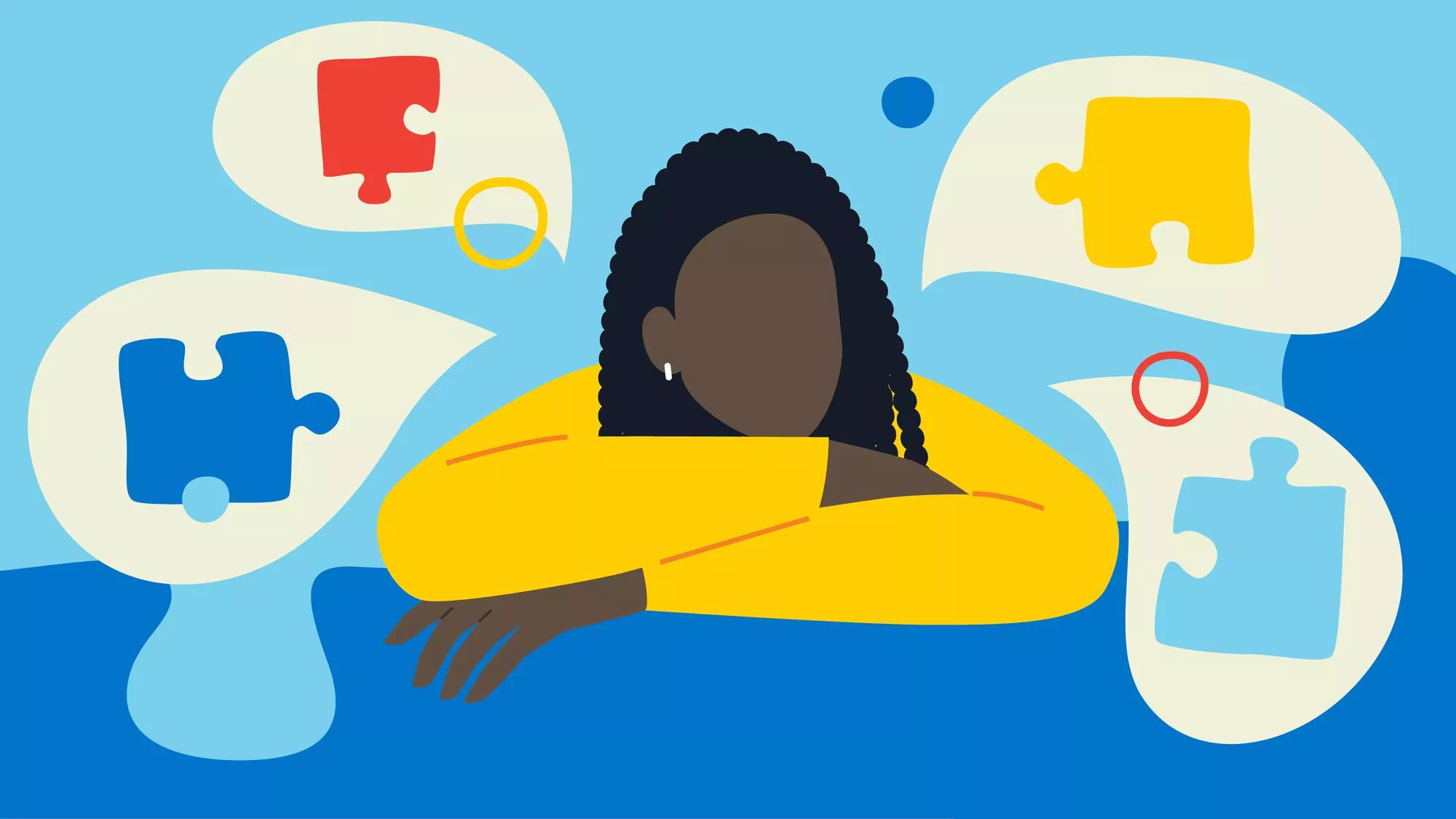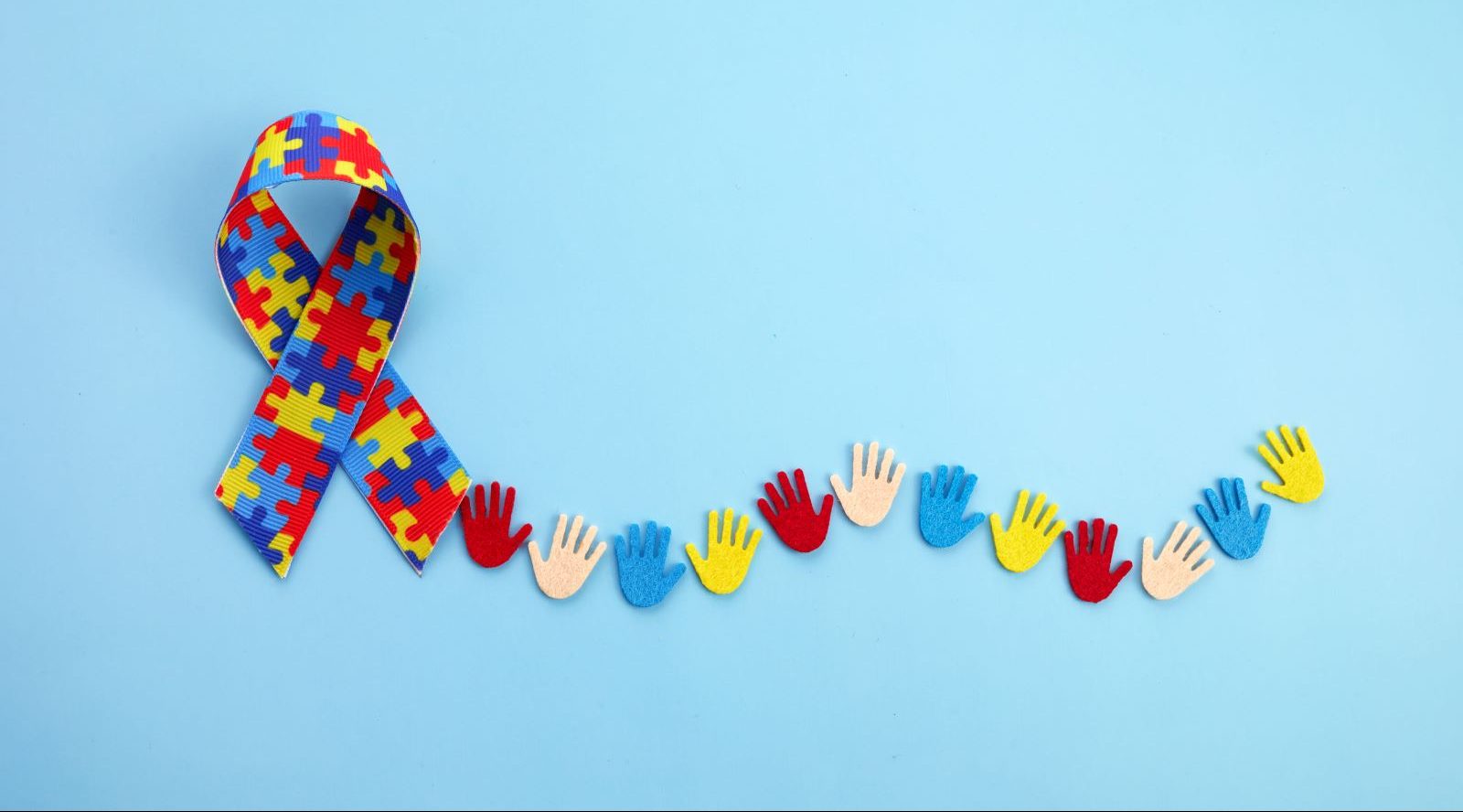Recognizing Autism: A Comprehensive Guide to Symptoms And Signs
Autism Spectrum Disorder (ASD) includes a wide variety of features that can dramatically affect an individual's social communications and everyday performance. Identifying the indications and signs and symptoms, such as challenges with eye contact, social interaction troubles, and sensory sensitivities, is critical for early treatment. Recognizing these subtleties not only help caregivers and teachers in supplying suitable assistance yet also fosters an extra inclusive environment for people with ASD. As we explore the intricacies of autism, it comes to be vital to think about exactly how these indications manifest in a different way throughout the spectrum and what effects they hold for effective treatment strategies.
Introduction of Autism Range Problem
Specifying Autism Spectrum Condition (ASD) includes identifying it as a complicated neurodevelopmental problem characterized by a series of obstacles in social interaction, interaction, and behavior patterns. The term "spectrum" shows the vast variability in signs and symptoms and their severity, which can vary dramatically from one person to one more. ASD typically materializes in early childhood, although some people might not receive a diagnosis up until later on in life.
Aspects influencing the development of ASD include genetic tendencies and ecological factors, although the exact reasons continue to be under investigation. Diagnosis usually relies upon behavior assessments, as there are no clear-cut medical examinations for ASD. Early treatment is essential and can substantially boost end results, concentrating on enhancing communication skills, social interactions, and adaptive habits.
Individuals with ASD may additionally display unique strengths, such as outstanding focus to detail or certain locations of expertise. Recognizing the complex nature of ASD is crucial for cultivating a comprehensive setting that accommodates neurodiversity. Proceeded study is important for creating effective treatments and support group, making it possible for people with ASD to prosper and meet their possible within society.
Typical Indicators of Autism
Recognizing the typical signs of Autism Range Disorder (ASD) is essential for early identification and treatment. These signs can vary widely in seriousness and presentation, however particular attributes are frequently observed in individuals with ASD.
One of the most common indicators is a marked difficulty in developing and keeping eye contact. Individuals may likewise exhibit restricted interest in social communications and show a choice for singular play.
Sensory sensitivities are additionally usual; individuals might panic or underreact to sensory stimuli, such as structures, noises, or lights. autism. Language growth can be irregular, with some children exhibiting delayed speech or making use of language in uncommon ways, including echolalia-- duplicating sentences or phrases heard somewhere else
It is necessary to keep in mind that not every individual with ASD will present all these indications, and the level of these behaviors can differ considerably. Early acknowledgment permits timely assistance and sources, boosting the lifestyle for those on the spectrum.
Social Communication Challenges
Social communication obstacles are a trademark of Autism Range Disorder (ASD), impacting an individual's ability to engage properly with others. These troubles can materialize in different ways, consisting of obstacles in initiating and keeping conversations, comprehending social signs, and responding appropriately in social communications.
Individuals with ASD might fight with nonverbal interaction, such as eye get in touch with, faces, and body movement. This can result in misconceptions, as their communicative intent may not be correctly analyzed by others. They may discover it hard to grasp the subtleties of tone and context, which are essential for effective communication.
In group settings, individuals with ASD may really feel overloaded and might not understand exactly how to join in discussions (autism). They could also exhibit atypical conversational patterns, such as monologuing concerning certain interests without recognizing social reciprocity
In addition, these obstacles can cause social isolation or difficulties in developing partnerships, as peers might misunderstand their habits or interaction style. Comprehending these social interaction challenges is crucial for fostering encouraging environments that advertise social skills growth and enhance the high quality of communications for people on the autism range.
Sensory Sensitivities and Reactions
Many individuals with Autism Spectrum Condition (ASD) experience enhanced sensory sensitivities that can considerably affect their day-to-day lives. A person with ASD might locate everyday noises, such as a vacuum cleanser or crowded atmospheres, overwhelmingly upsetting, leading to anxiety or disasters.
Sensory handling differences in individuals with ASD can likewise influence their capacity to engage in routine tasks and social communications. For instance, a youngster that is sensitive to touch might stand up to physical love or stay clear of certain garments textiles. Alternatively, a choice for sure structures or preferences can restrict nutritional official statement alternatives and create obstacles during nourishments.
Understanding these sensory sensitivities is important for recognizing the unique experiences of individuals with ASD. Awareness of their sensory accounts can promote far better interaction and support strategies, creating an atmosphere that fits their demands and boosts their lifestyle. Eventually, acknowledging sensory level of sensitivities is an important component of comprehending the more comprehensive range of autism.

Supporting Individuals With Autism
Efficient support for people with Autism Spectrum Condition (ASD) is vital for look at here now boosting their total health and promoting freedom. Assistance methods must be customized to meet the one-of-a-kind demands of each person, considering their difficulties and toughness.

Social skills training can additionally play a pivotal role. autism. Engaging individuals in group activities or role-playing scenarios can improve their ability to navigate social communications. Additionally, it is vital to educate relative, caregivers, and peers regarding ASD to foster a supportive and inclusive community
Verdict
By cultivating enhanced communication and social abilities, individuals with autism can browse their environments extra successfully. Eventually, increased recognition and assistance can dramatically boost the top quality of life for those influenced by ASD.
Autism Spectrum Problem (ASD) incorporates a wide array of features that can dramatically influence a person's social communications and everyday functioning.People with ASD may battle with nonverbal communication, such as eye call, face expressions, and body language.Numerous individuals with Autism Range Disorder (ASD) experience heightened sensory level click site of sensitivities that can significantly influence their daily lives.Sensory processing distinctions in people with ASD can likewise influence their capability to engage in social communications and routine activities.Understanding these sensory level of sensitivities is vital for identifying the distinct experiences of people with ASD.
Comments on “Resolving Usual Misconceptions: What You Need To Know About Autism Today”